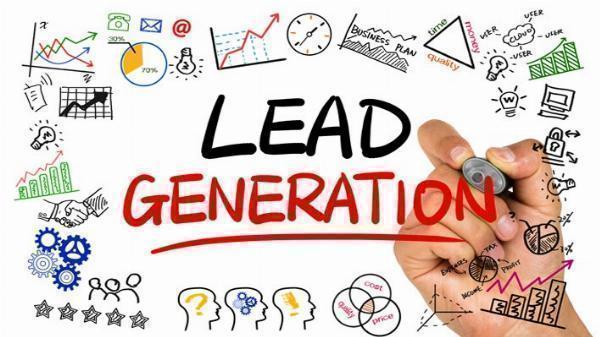How Does a Lead Generation Agency Work?

Strong 8k brings an ultra-HD IPTV experience to your living room and your pocket.
A Lead Generation Agency helps businesses find new customers by using different methods like running ads, sending emails, or creating content to attract people who might be interested in the business. They start by learning about the business, its goals, and who its ideal customers are.
Then, they create a plan to reach those customers using tools like Google Ads or social media platforms. The agency collects information from potential customers, called leads, and helps the business follow up with them. This way, the business can focus on leads that are most likely to turn into sales, helping them grow and succeed.
Step 1: Understand the Business
The first step for a lead generation agency is to fully understand the business they are working with. They take the time to learn about what the company offers, who their customers are, and what their main goals are. This helps the agency create a plan that fits the company’s needs.
For example, they ask questions like, "What products or services do you sell?" and "Who are the people you want to reach?" By getting clear answers, the agency can make sure its strategy will attract the right kind of customers. This understanding is key to creating successful lead-generation campaigns.
Step 2: Research and Make a Plan
Next, the agency does research. They look at the market, competitors, and the types of customers the business wants to reach. With this information, they create a lead generation plan. Some common ways they do this are:
Creating content like blog posts or videos to attract customers.
Running ads on social media platforms like Facebook or Instagram.
Sending emails to people who might be interested.
Improving SEO to help the business show up higher in search results.
The goal is to create a plan that helps the business reach the right people.
Step 3: Start the Lead Generation Campaign
Once the plan is ready, the agency starts working on it. They use tools like Google Ads, Facebook Ads, or LinkedIn to promote the business and attract potential customers. They watch these campaigns closely to make sure everything is running well and bringing in leads.
For example, if the business sells to other companies (B2B), the agency might use LinkedIn to find professionals. If the business sells directly to consumers (B2C), they might focus on platforms like Instagram or Facebook.
Step 4: Collecting Leads
Collecting leads is when a lead generation agency gathers contact information from people who show interest in a product or service. This can be done through forms on websites, landing pages, or by using ads on social media.
For example, when someone clicks on an ad and fills out their details, like their name, phone number, or email, that information becomes a lead. The agency then saves these leads in a list for the business to follow up with. Collecting leads is important because it helps businesses connect with people who are likely to become customers.
Step 5: Following Up with Leads
After collecting the leads, the next step is to stay in touch with them. Not all leads are ready to buy right away, so it's important to keep them interested. This can be done by sending emails, helpful tips, or special offers to remind them about the product or service.
The goal is to build a relationship with potential customers so they trust the business and feel ready to make a purchase when the time is right. Following up also helps the business learn more about what the customer needs, which makes it easier to turn a lead into a sale.
Step 6: Reporting and Improving
After the lead generation campaign is running, the agency regularly checks how it is performing. They look at important numbers, like how many people showed interest (leads), how much it cost to get each lead, and how many leads turned into real customers.
If they see something is not working well, they make changes to the campaign to get better results. The agency also shares these reports with the business, so they can see how things are going and what is being done to improve the performance. This helps the business get more leads and grow faster over time.
Conclusion
In simple terms, a lead generation agency helps businesses find new customers. They create strategies to attract people who are interested in what the business offers, collect their information, and help turn those interested people into real customers.
By doing this, they help companies grow by bringing in more sales. The agency’s job is to make sure the business reaches the right people at the right time, so they can succeed in a competitive market.
Note: IndiBlogHub features both user-submitted and editorial content. We do not verify third-party contributions. Read our Disclaimer and Privacy Policyfor details.






